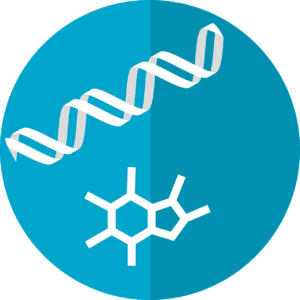Galactosemia
What is galactosemia?
Galactosemia occurs when one’s body is unable to properly process galactose, which is a part of the sugar lactose. There are three forms of this disorder: type I, type II, and type III. The first, also referred to as the classic form, is the most severe.
One of every 30,000 to 60,000 babies is born with the classic form of galactosemia, whereas type II affects less than one of every 100,000, and type III is even rarer.
What are the symptoms of galactosemia?
The symptoms vary depending on which form of galactosemia one has. Type I sees symptoms that develop within the first few days of life and may be life-threatening if an infant is not put on a low-galactose diet. They include feeding difficulties, failure to thrive, lethargy, abnormal bleeding, jaundice, and liver damage. Beyond these symptoms, other complications can arise, such as sepsis, cataracts, delayed development, intellectual disability, and the early loss of ovary function.
The other two forms of galactosemia see varying signs and symptoms. Type II causes fewer medical issues than type I, with the only long-term complication being cataracts. Looking to type III, symptoms vary on a scale of mild to severe, and they include kidney problems, cataracts, intellectual disability, liver disease, and delayed growth and development.
What causes galactosemia?
Three different genes are responsible for the three different forms of galactosemia, all of which are inherited in an autosomal recessive pattern. Additionally, they each hold the instructions to enzymes necessary to break down galactose. When they are mutated, these enzymes are unable to process galactose and it begins to accumulate. The GALT gene causes type I, the GALK1 gene causes type II, and the GALE gene causes type III.
How is galactosemia diagnosed?
The majority of cases are diagnosed when an infant undergoes newborn screening; however, blood tests and genetic testing are used when it is not caught at birth.
What are the treatments for galactosemia?
The first step in treatment is a diet that is low in galactose. This means eating very little lactose. The rest of the treatment is symptomatic.
Where can I find out more about galactosemia?
Galactosemia Articles


This Firefighter and Galactosemia Parent Aims to Improve Genetic Testing









